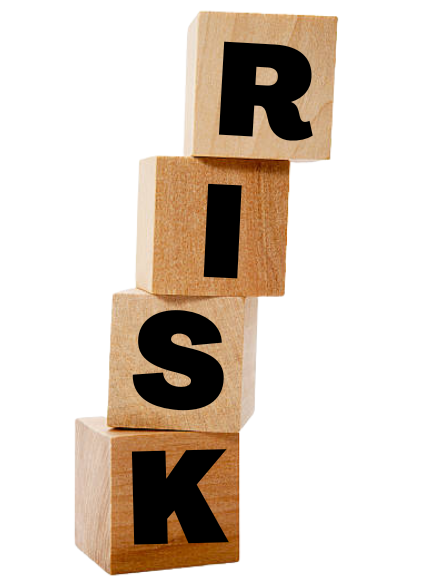Every day, we manage risks in our lives, be it from work or personal. We are constantly assessing risks to determine the steps that we should take to prevent these risks from affecting us negatively. We anticipate the likelihood of a burglar stealing in your house, so we purchase an alarm system. We anticipate that there is a chance something will happen to our car, so we get insurance. Every business organization has its own risks that are unique to the environment. Here are the best practices to minimize your risk.
Involve Stakeholders
To effectively manage risks, involve your stakeholders every step of the way. These stakeholders can include managers, employees, clients, and unions, most of which may be important personnel in the risk management process. These people represent various roles and responsibilities in the organization, giving you a holistic representation of all aspects of your business and every risk that goes along with it. Encourage stakeholders to improve the risk process by getting them involved.
Tone from the Top
Another risk management best practice is making a strong risk culture. This is defined as the beliefs, values, and attitudes on risks by a common group of people. The management and board of directors hold the responsibility of clearly communicating the culture of the company and setting the tone for compliance right from the top. Management buy-in is important in ensuring that the importance of risk awareness is known all throughout the organization.
Communication
Good practice in risk management and risk assessment starts with communication. Communicating the risks in your business or organization is crucial in risk management. Risks that have a high organizational impact, otherwise called key risks, are identified and monitored by all departments. New risks should be identified, mitigated, and assessed appropriately. You need to create awareness of risks by communicating with the entire organization.
Clear Risk Management Policies
See to it that your risk assessment policy is clearly documented and that the roles and responsibilities are well defined. Also, see if there are clear procedures and policies that define mitigation of all risks identified and if these policies are effectively communicated to all employees. Having these policies developed will help you determine all potential risks that can affect your business, the impact and likelihood of these risks, how you plan to prevent and mitigate these risks, and how to monitor and manage any new or emerging risks.
Continuous Risk Monitoring
To manage your risks, you need to know first what these risks are. Once you know them already, perform an initial risk assessment and place the proper controls in place to address and mitigate them. The next step is monitoring which should be established to make sure that all risk mitigation efforts are effective and working. This is important in any risk management process.
Risk management, which is the process of determining the risks to an organization and creating steps to mitigate them, is important to any organization. It is a process that is continuous and constantly evolving. Keep in mind the best practices listed above as you outline a plan for your organization.
About SWC Security:
SWC Security is a top integrated security and facilities solutions provider in Australia. Boasting a highly qualified staff and state-of-the-art technology, they make an effort to give their clients the newest facilities and peace of mind.






